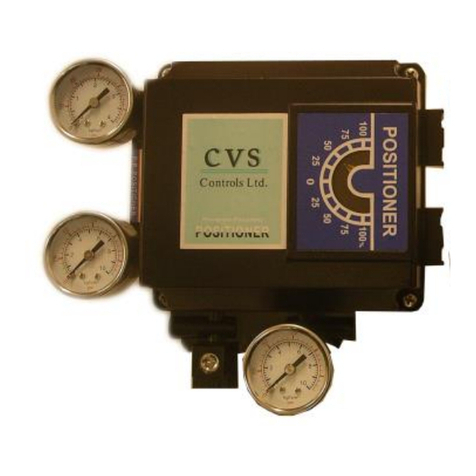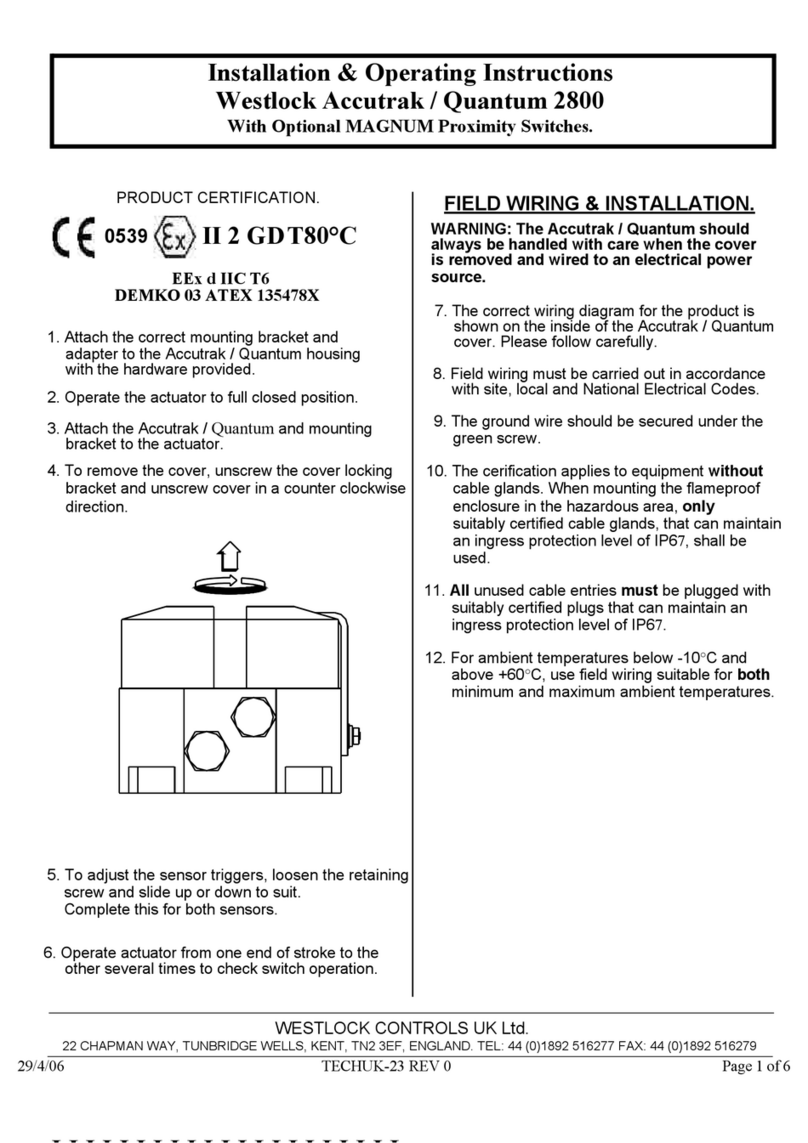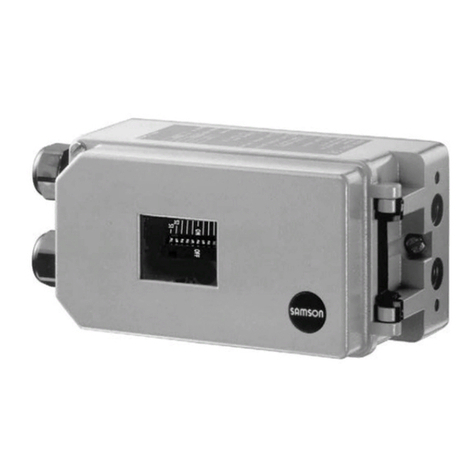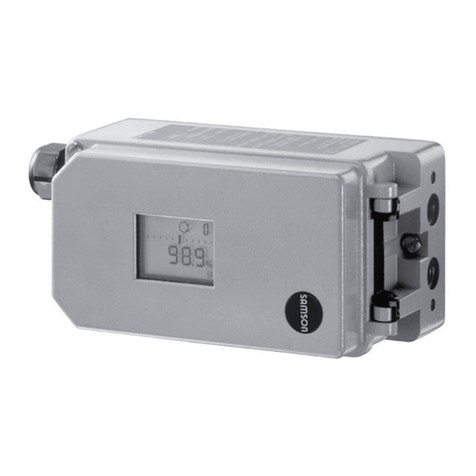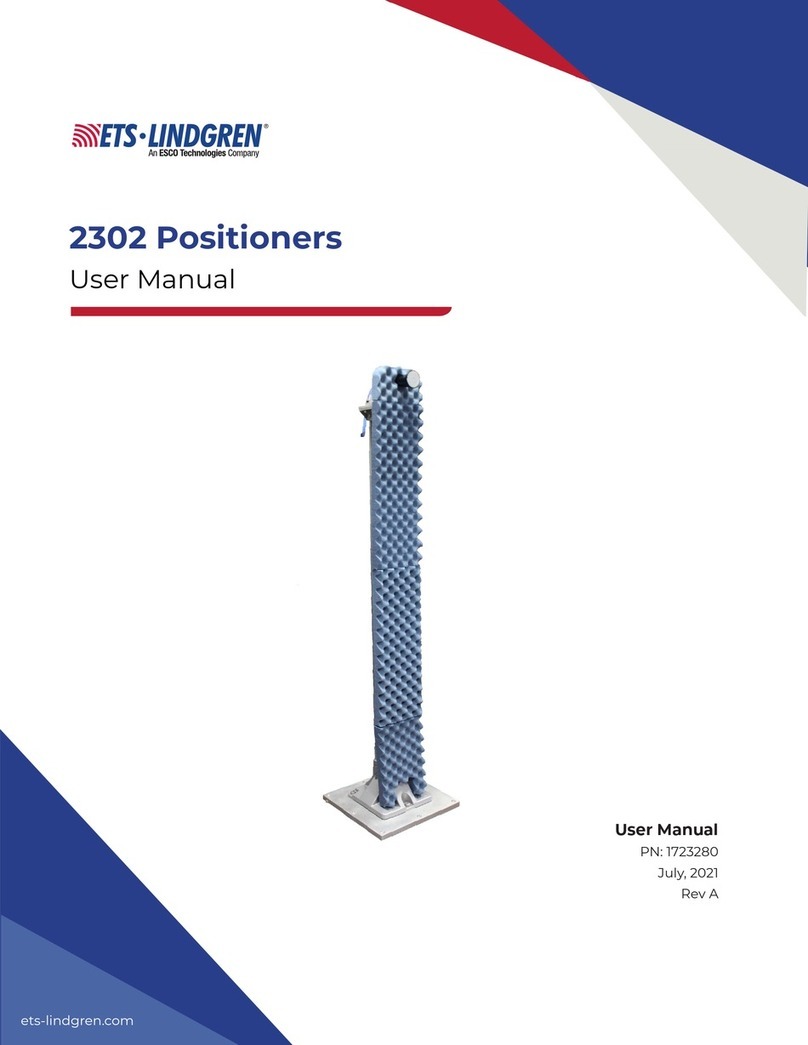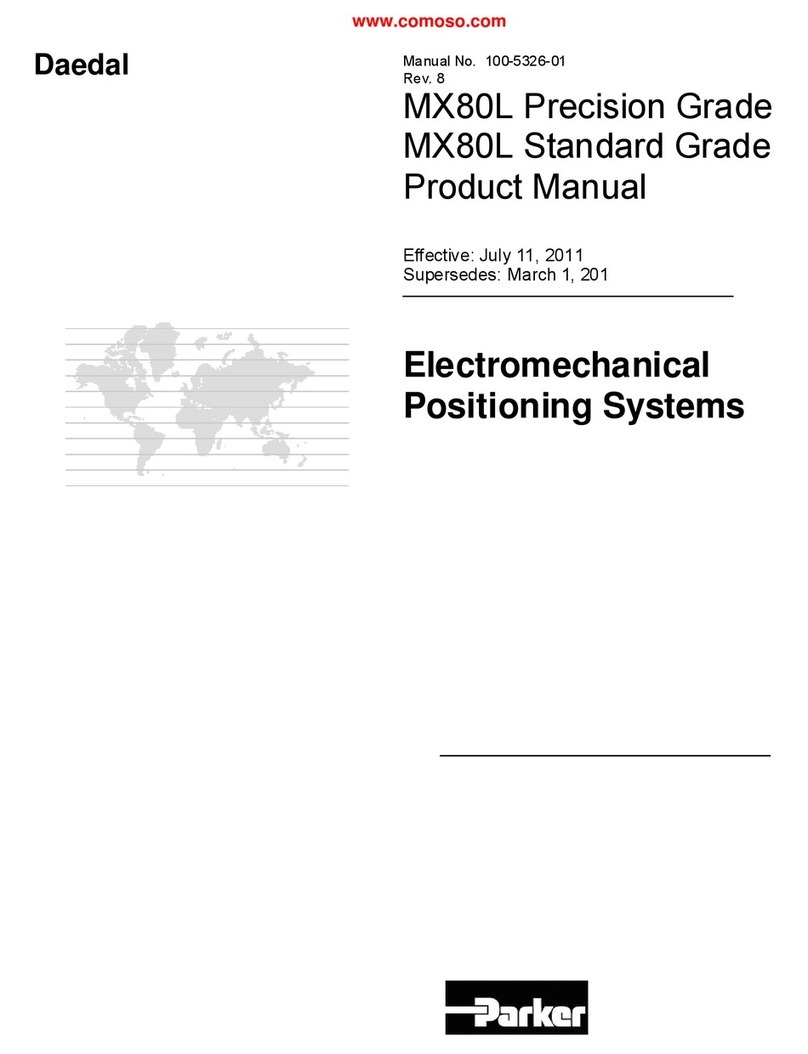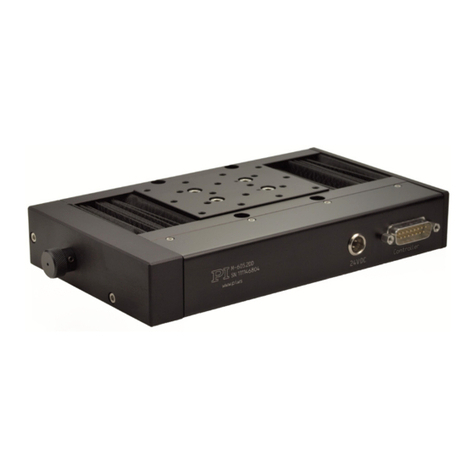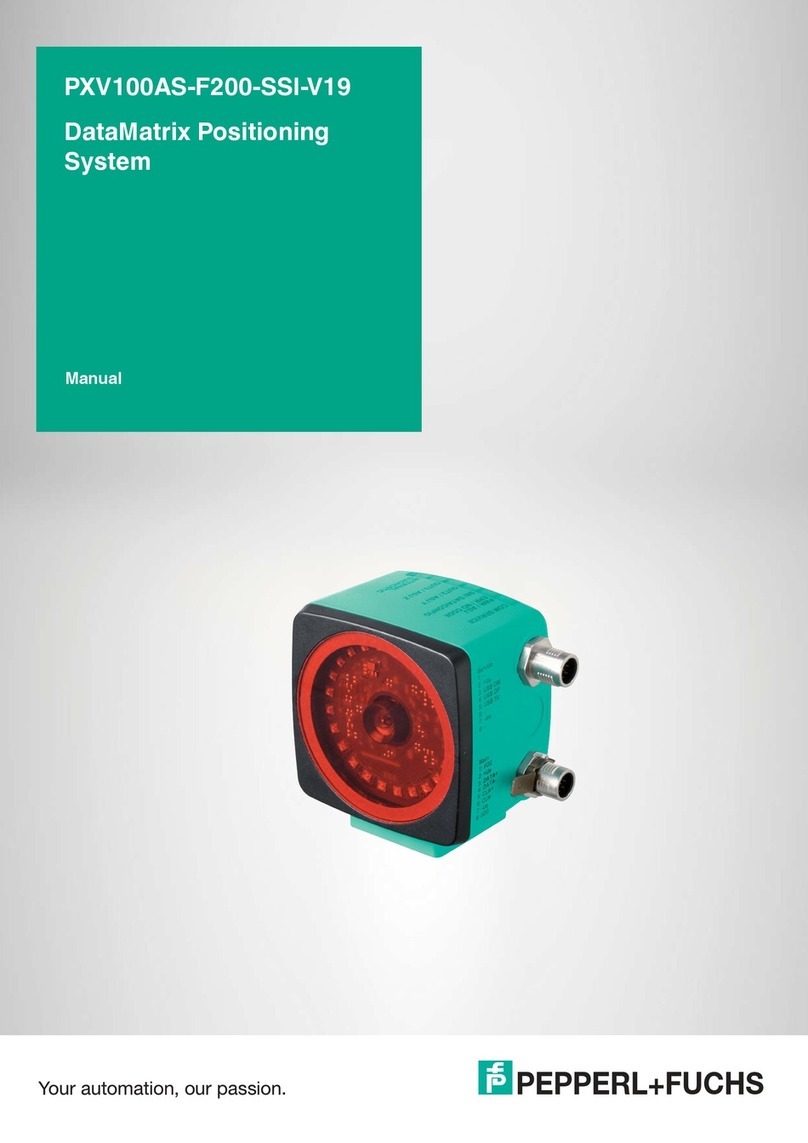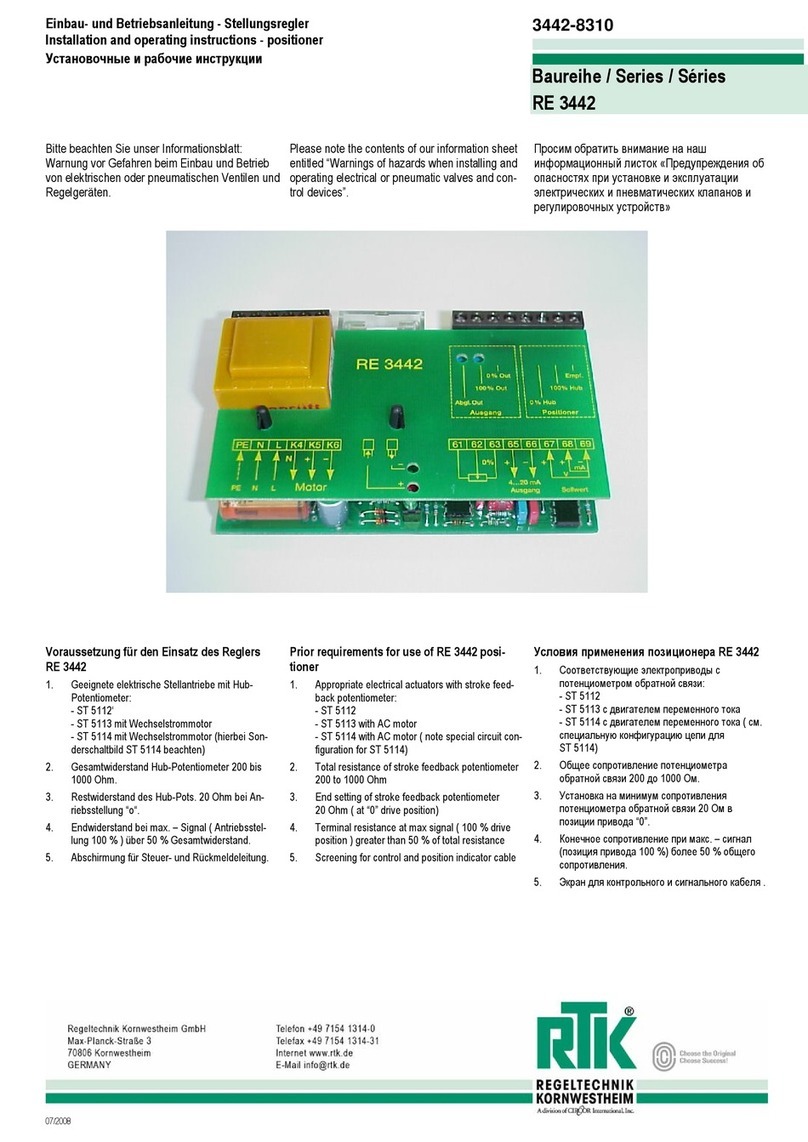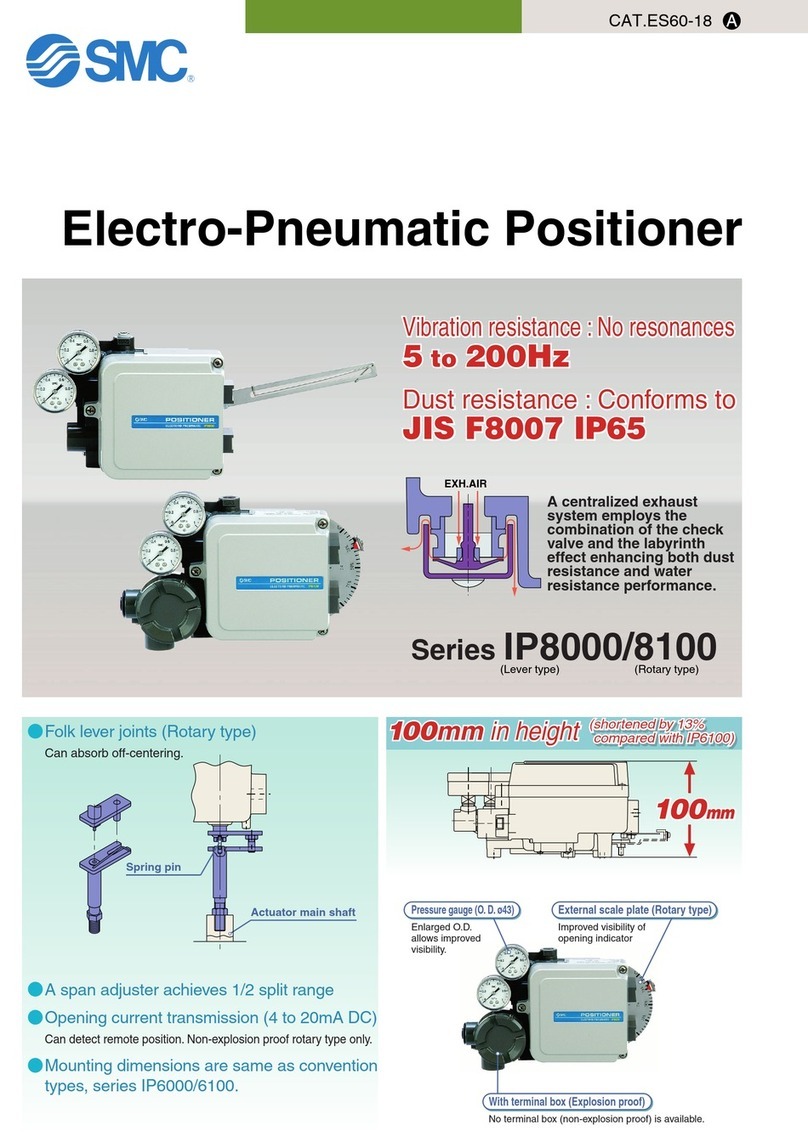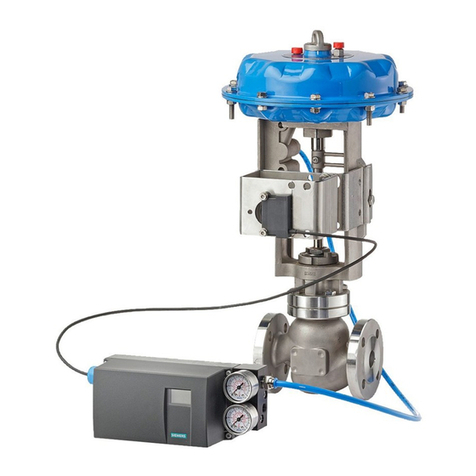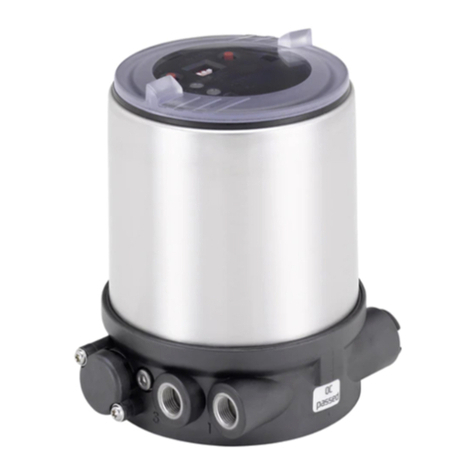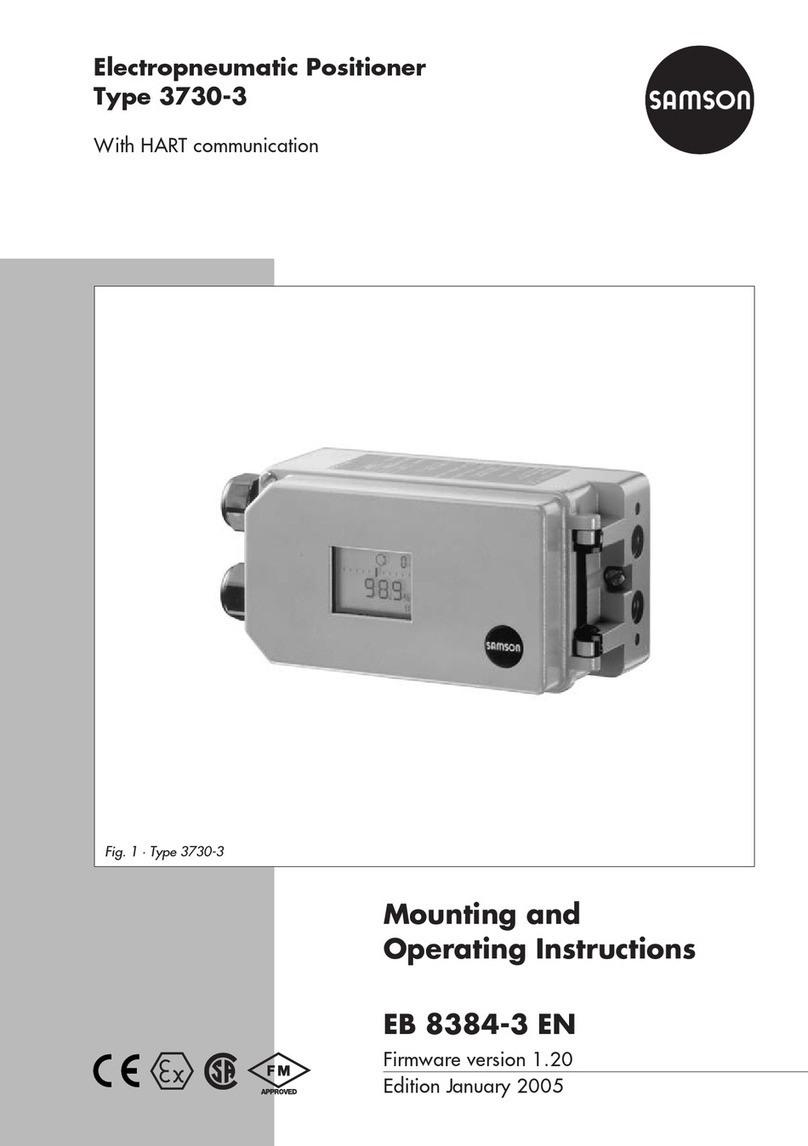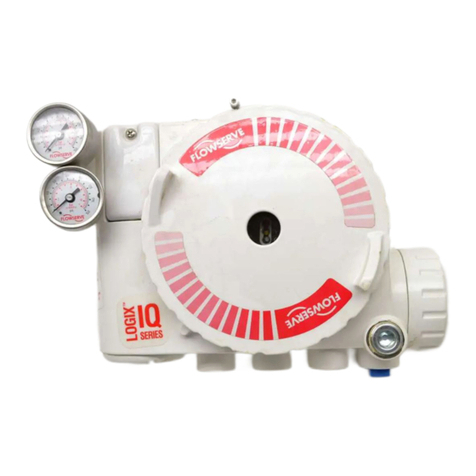Pag. 1 di 33
INDEX
FORK POSITIONER TYPE 675 / 676
1SAFETY RULES ...............................................................................................................................3
2INTRODUCTION ...............................................................................................................................4
2.1 Use and upkeep of this manual .........................................................................................4
2.2 Description of equipment...................................................................................................5
3INSTALLATION ................................................................................................................................8
3.1 Installation ...........................................................................................................................9
3.1.1 Attachment installation - TYPE 675............................................................................. 9
3.1.2 Attachment installation - TYPE 676............................................................................12
3.2 Fork installation on the attachment.................................................................................15
4HYDRAULIC SYSTEM....................................................................................................................16
4.1 Hydraulic system –TYPE 675 ..........................................................................................16
4.2 Hydraulic system –TYPE 676 ..........................................................................................18
5USE RULES....................................................................................................................................20
6PERIODIC MAINTENANCE............................................................................................................23
6.1 Maintenance every 100 hours ..........................................................................................23
6.2 Maintenance every 300 hours ..........................................................................................23
6.3 Maintenance every 1000 hours ........................................................................................24
6.4 Maintenance every 2000 hours ........................................................................................24
7DISASSEMBLY PROCEDURE.......................................................................................................25
7.1 Disassembly attachment from forklift .............................................................................25
7.2 Disassembly the forks from attachment .........................................................................26
7.3 Removal of fork cylinders from the attachment.............................................................27
7.3.1 Fork cylinder disassembly and reassembly..............................................................29
7.4 Maintenance SLS cylinder................................................................................................30
